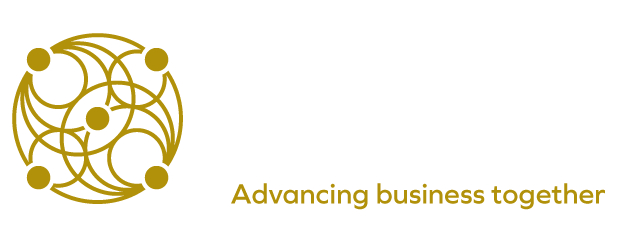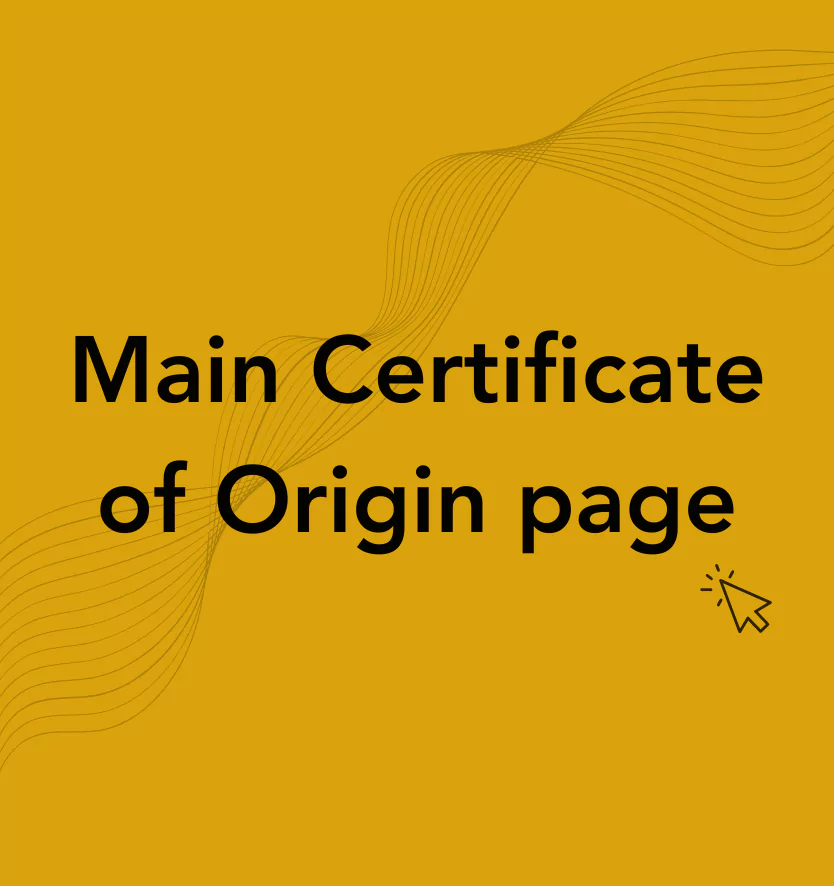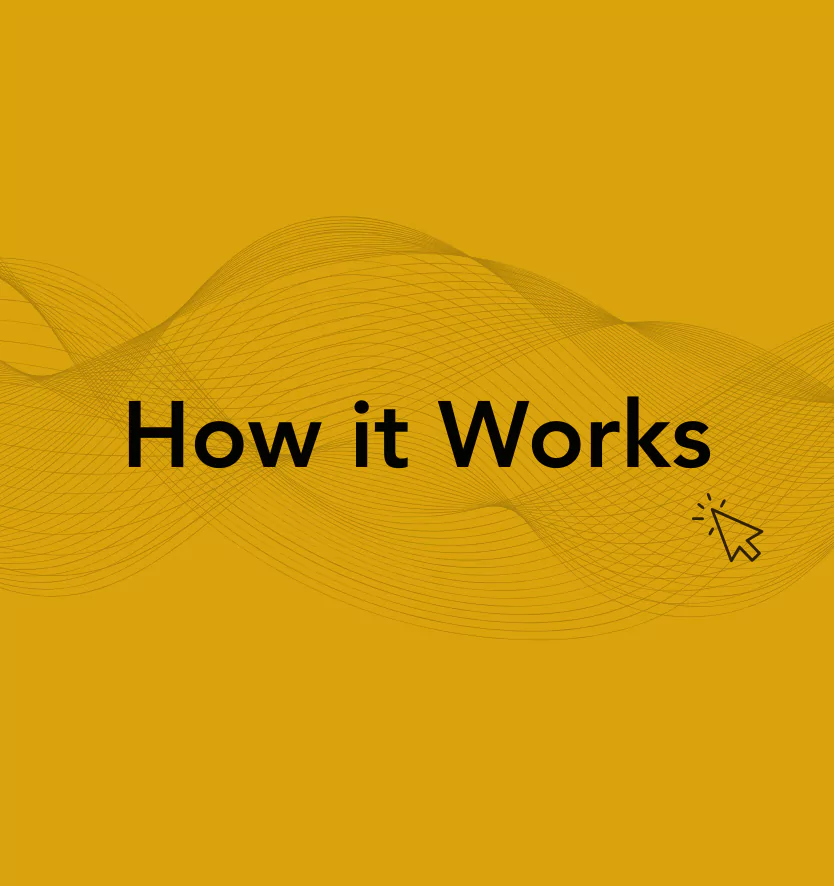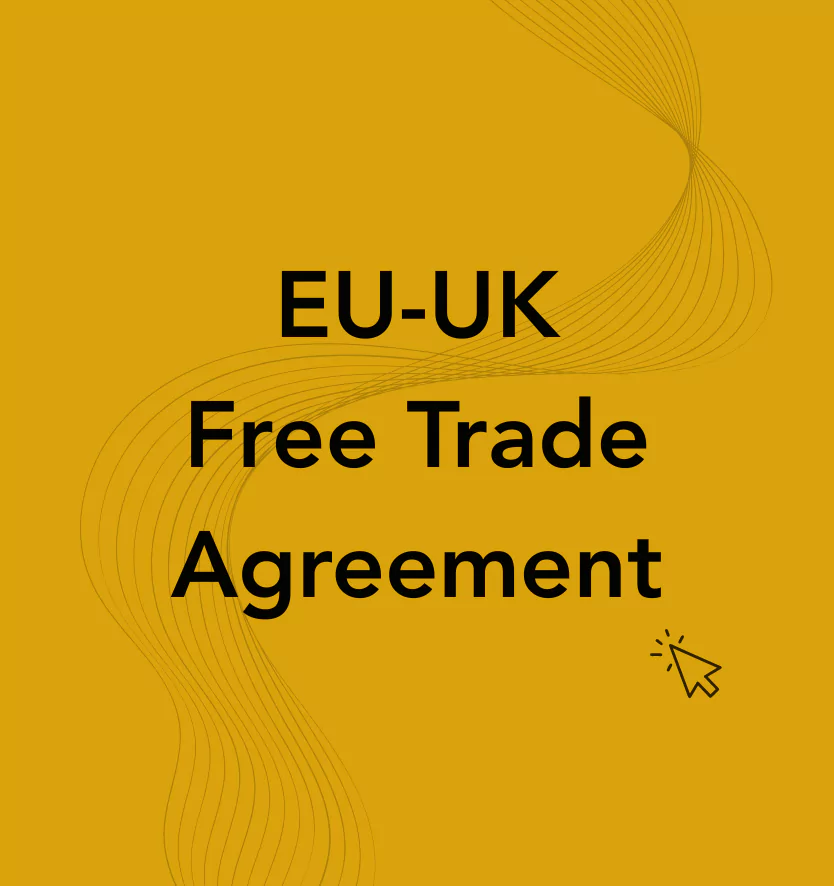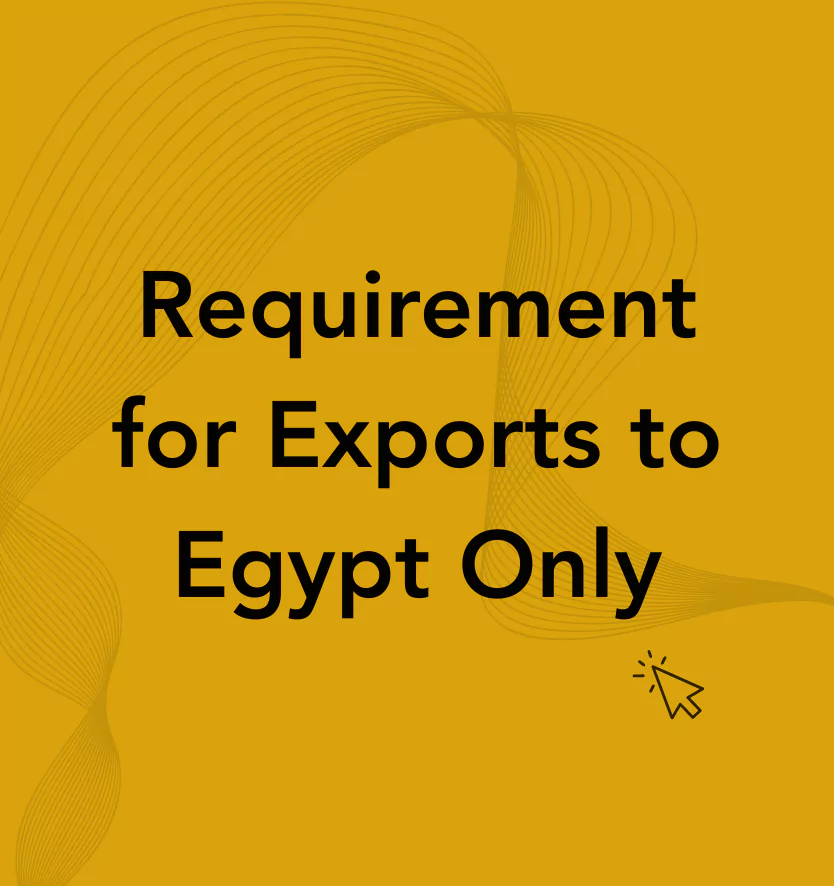
Guidelines for Completing an EU Certificate of Origin
Guidelines for Completing an EU Certificate of Origin
Consigner (Irish Exporter)
Full name and address required. The Consignor must be based within the 26 counties of the Republic of Ireland and must be registered with the Companies Registrations Office. Name and address of the company must be typed in the consignor box. Consignor means the person drawing up the invoice for the goods and/or who is responsible for exporting them.
Consignee
Full name and address of the purchaser abroad or the words ‘to order’ followed by the name of the country of the final destination, if known, or by the name of the country of the first destination followed by the words ‘for subsequent re-exportation’. Please note that for an EU cert, this should be a non-Arab state. If you have completed this for an Arab state, we must reject the cert and ask you to complete an Arab-Irish Certificate of Origin.
Country of Origin
This is the most important box as the origin description is the prime function of the certificate. This box must state the country where the goods originate. It must be noted that goods do not necessarily have to be of Irish origin –
Goods of Community origin: Of the goods originate from within the European Community, then the wording ‘European Community’ and the specific country must be included. Country names must be written in full – abbreviations such as U.K. are not accepted.
Goods of third country origin: Insert the name of the third country.
Multiple origins: If there is more than one country of origin, the country of origin must be cross-referenced to the items in Box 6. If the space provided in Box 3 is insufficient, the country of origin shall be clearly and separately stated in Box 6 against each item listed in that box and Box 3 should state that the country of origin is listed in Box 6.
Transport Details
Although completion of this box is optional, it is advisable to indicate the means of transport to be used (air, ship, lorry etc.). The description ‘mixed transport’ should be used when the goods are to be carried successively by several different forms of transport, as is often the case.
Remarks
This box may be useful for details which cannot be entered elsewhere and which might be useful in the identification of the consignment (e.g. a reference to certain documents connected with the consignment such as the order number, licence, letter of credit etc.). In order to respect commercial secrecy, it is advisable not to mention the name of the producer or manufacturer of the goods. If the needs of the trade require it, exceptionally, reference to the manufacturer can be made in this box.
Description of Goods
The goods must be described according to their usual commercial designation in the language of the Member state issuing the certificate. Technical terms for products may also be used. General descriptions (e.g. chemical products, spare parts, machines) or a reference to quality etc. are not acceptable. The space in this box is usually sufficient to enable the description of all the goods in a single consignment to be entered. However, if the goods are too numerous to enable them all to be included, a general description can be given, followed by the words ‘as per attached document’ giving its number and date, or one or more certificates of origin may be used, which will then be treated as sequels to the first. All of the boxes of any supplementary forms must be completed and the forms must bear the same serial number.
Quantity Column
All quantities must be entered using the metric system i.e. lbs or kgs. In certain trades, other units of measurement are more appropriate – e.g. litres, metres, cubic dimensions, or simple quantity. The vast majority of certificates include net or gross weights or both.
Issue of Certificates
This box is reserved for Cootehill Chamber to stamp with the Cootehill Chamber seal and to include the signatory of the authorised chamber signatory to certify the certificate. The name of the signatory must be repeated in block letters or in typing. A ‘signature stamp’ setting out in clear print the name of the signatory may be of assistance and is used by some chambers. The date must be that of the day on which the certificate is issued.
Guidelines for Completing an Arab-Irish Certificate of Origin
Guidelines for Completing an Arab-Irish Certificate of Origin
Box 1 must only state an Irish company or an Irish company with its full name and address on behalf of another country / company.
Box 6 must have the full name and address of the manufacturer even if the manufacturer is the exporter.
Country of Origin in Box 5 must match manufacturer which is stated in Box 6.
Blue and green copies of the Certificate of Origin must accompany the original, and duly signed and dated in Boxes 8 & 9. All 3 copies must be submitted with the original – local Chambers are not to retain any copy (photocopies of the Cert should be made and retained for Chamber records).
If copies of the original Certificate of Origin requires to be certified or legalised, they must be typed up on the official white copy Certificate of Origin – photocopies are not acceptable.
All Certificates of Origin must be completed in type script – handwritten certificates are not acceptable.
Separate Certificates of Origin and invoices must be completed for air and sea shipment. One set of documents cannot go to the same importer for air and sea shipments.
If an exporter makes a mistake on the Certificate of Origin, it is up to discretion of the local chamber on how many times they stamp the certificate. Please note that the AICC must stamp and initial the mistake. If there are too many stamps on the certificate, some Embassies will not accept them.
Please ensure that local Chambers do not stamp the commercial invoice over the total of the invoice. The total of the invoice must be clear as this is needed – some legalisation fee charged by Embassies is based on the total. If it is not clear the exporter must do another one only incurs unnecessary delay and expense on behalf of the exporter.
For exporting of textiles containing a synthetic blend, the blend constitution should be mentioned. If one of the constituents is acrylic fibre, the name and address of the manufacturer must be mentioned.


Latest News
- All Post
- Business Events
- Community Events
- Cootehill Chamber
- Courses
- Grants
- Local Business
- News



Copyright © 2025 Cootehill Chamber
Created with ♥ by Keems Design Studio
